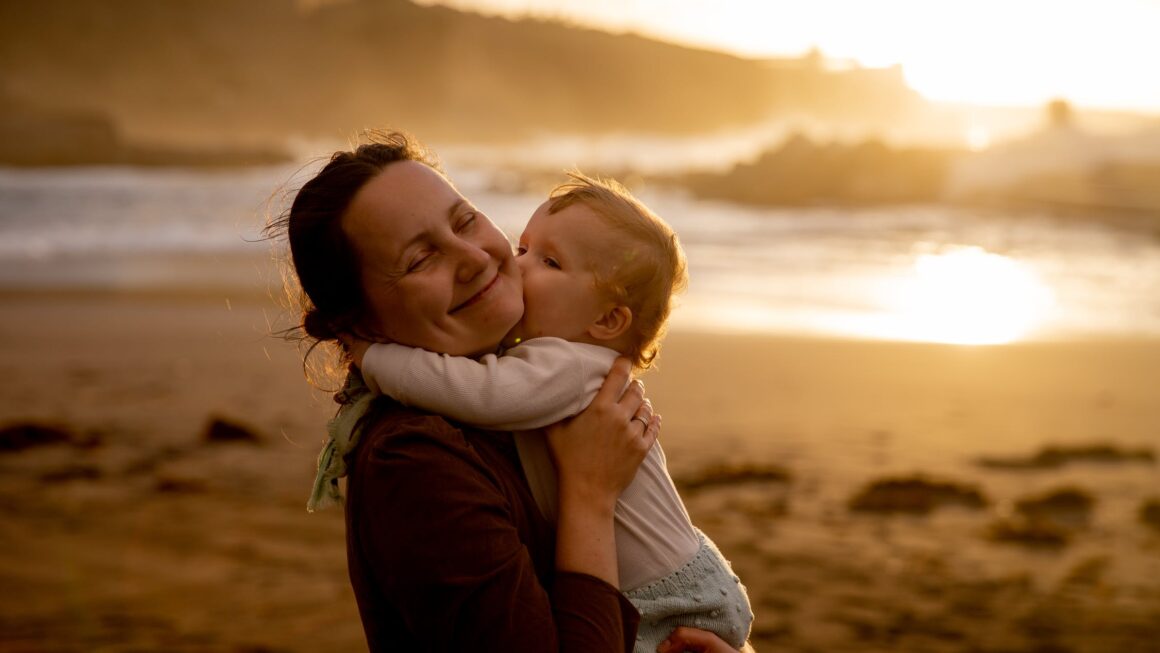Hawaii, it turns out, is one of the most exciting fishing destinations in the U.S. Forget the mainland, it’s the islands that hold the real angling treasures. Thousands of miles from anywhere, they offer a bounty of nature, far from the pollution and problems of continental civilization.
Of course, sniffing out fabulous angling experiences on the islands is more challenging than you might think. Getting everything right, from your tack to your tactics, isn’t easy. Plus, you might not have time to experiment and figure out how to get it right.
Fortunately, this post can help. We take a look at how to angle effectively in the paradise of Hawaii and make the most of your time there.
Go To The Right Fishing Destinations
If you’re planning an angling trip to Hawaii, you’ll want to choose the right fishing destinations. While the islands are teeming with fish ready to take the bait, some areas are more providential than others.
Oahu’s North Shore is a favourite for those looking for saltwater fishing opportunities. The area is rich in marine life and offers opportunities to spot exciting animals, as well as reel in game.
You might also want to try the island of Maui, a popular haunt for sport fishing. Boats line-up here to get out early in the morning, with locals often sharing fishing knowledge with you for free.
Other places to explore include Kauai, the “Garden Isle”, and Lanai for its pristine waters and the fact that you can spot elusive species here.
Types Of Fishing Opportunities
As you might expect, Hawaii is home to numerous fishing opportunities. It’s the sort of place that just keeps on giving, especially if you want to try new things.
Many people travel to the state for deep-sea fishing, given that it’s in the middle of the ocean. Here, you can catch marlin, tuna, and mahi-mahi which are harder to get hold of, even in coastal regions on the mainland.
Shore fishing, casting from beautiful beaches, is another option. Find serenity on one of Hawaii’s many secluded coastlines.
You can also find fly fishing experiences in Hawaii’s many streams and ponds. Freshwater fish are available to catch on the island!
Kayak fishing is another type of fishing becoming more popular on the islands. Sitting in a kayak lowers the ecological impact of fishing on local ecosystems by eliminating electric motors and reducing unnatural silt disturbance.
Finally, there’s a growing movement towards spearfishing in Hawaii. Keen snorkelers are drawn to the thrill of catching fresh fish under the waves.
The Best Time To Go Fishing
Thanks to its tropical location, Hawaii is open to anglers year-round. However, you may want to time your visit to correspond to the peak season of a specific species if there’s a type of fish you really want to catch.
The best season for tuna, marlin, bonefish and mahi-mahi is from July and August, though any time from May to September should yield a pretty decent catch. M
If you’re after freshwater trout, you’re better off going in the cooler months from November to March.
You’ll also want to consider the weather conditions. Conditions in Hawaii are usually calm, but there are seasonal variations that could impact your trip. The rainy season runs across wintertime in the Northern Hemisphere and can lead to landslides and washouts. Tropical storms are also a risk in the region.
The Required Gear And Equipment
Going to Hawaii requires taking much of the same equipment you’d take elsewhere. However, there are some special considerations.
You’ll want to take appropriate clothing for the area. Always wear footwear to protect your feet while shore fishing. Cuts and stings are easy to obtain after a day in the water.
You may also need a permit or fishing licence to operate in certain areas. These help to prevent overfishing.
Aside from rods, reels, tackles and lures, don’t forget to take coolers and storage with you if you’re going to be out all day. Temperatures in Hawaii can become exceptionally warm with humidity often rising to 100%, encouraging the growth of germs on your catch.
The view in many locations is also spectacular, but it can be hard to find fish. That’s why it’s a good idea to take the best fishing drone with you that you can find. Scouting for fish in the deep waters while taking beautiful videos is a great way to enhance your trip.
Finally, take safety equipment with you. Sunscreen, hats, and sunglasses are critical.




